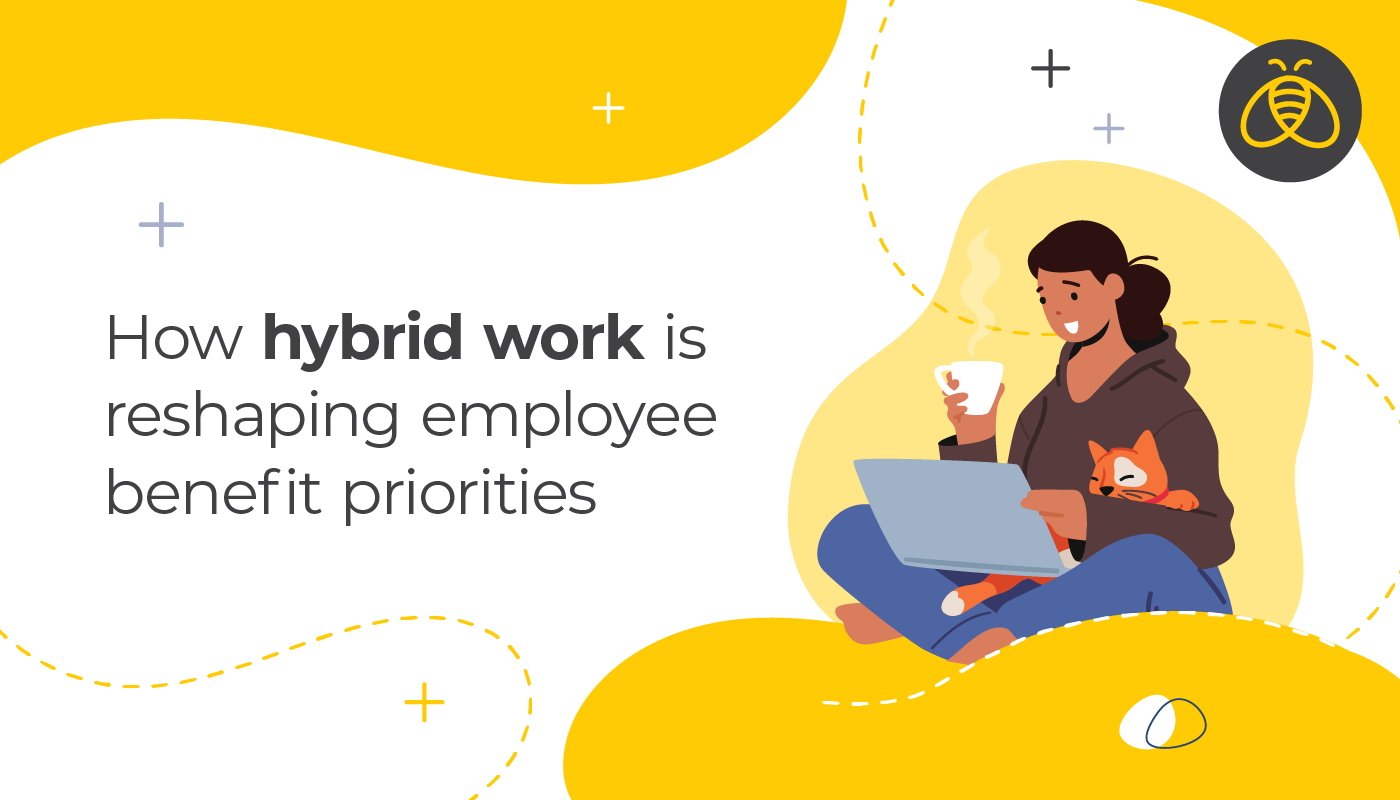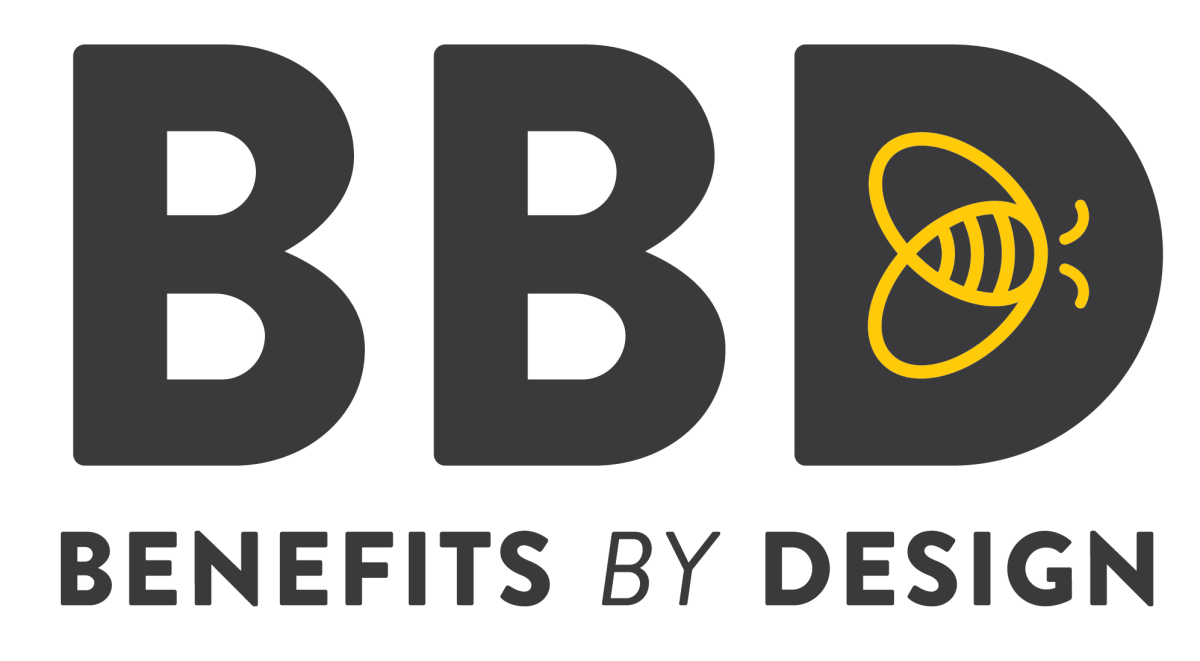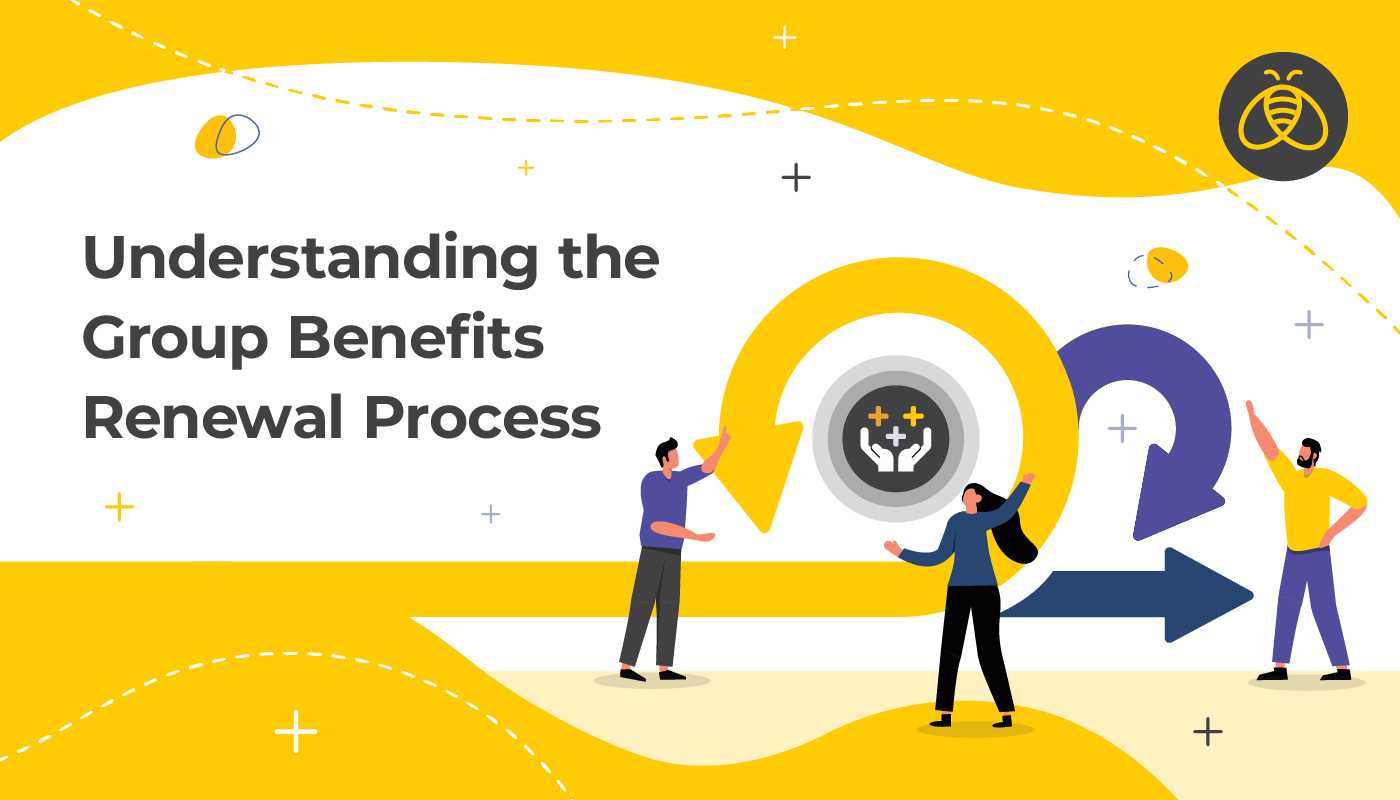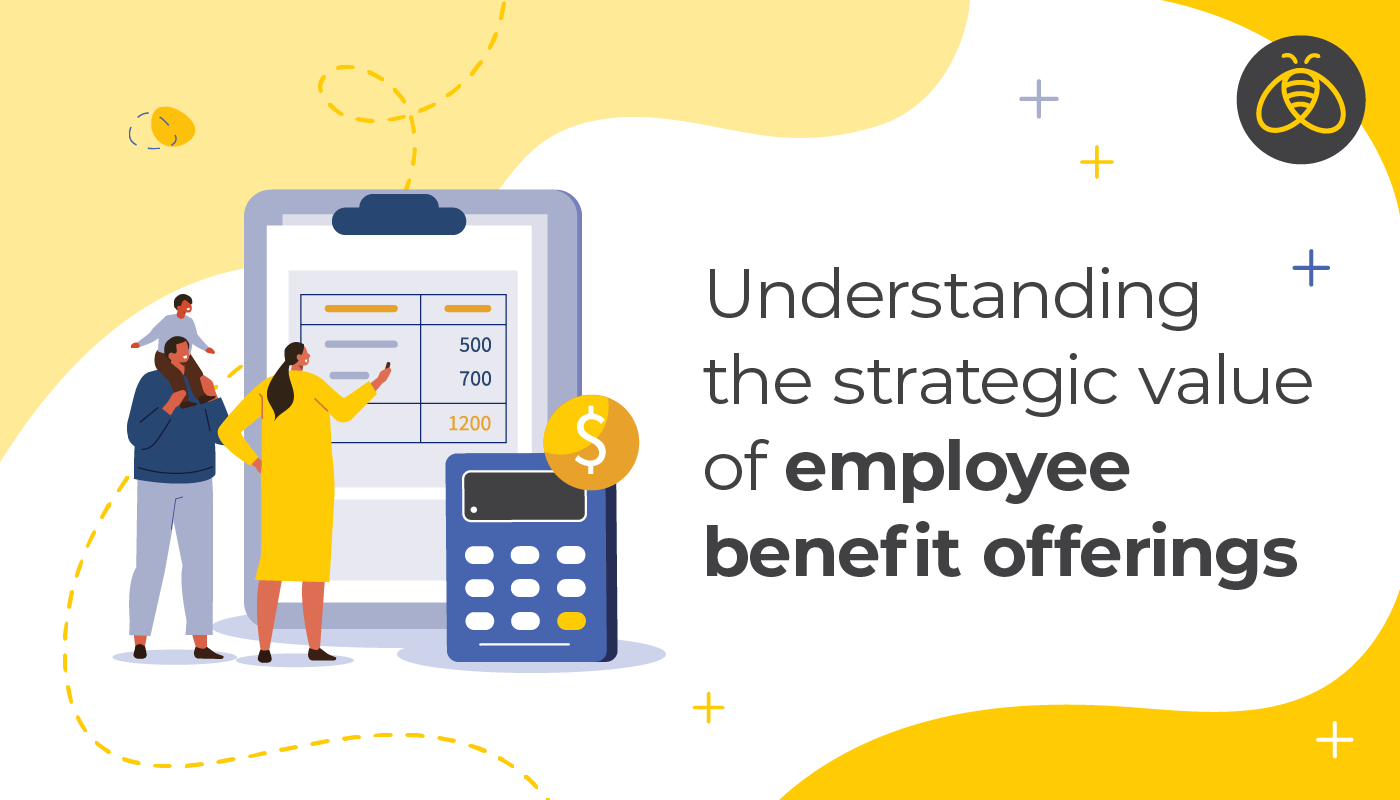How Hybrid Work is Reshaping Employee Benefit Priorities
By: Benefits by Design | Tuesday August 5, 2025

The hybrid work model is no longer a trend; it’s a defining feature of modern employment. As organizations adapt to new ways of working, one thing has become clear: the traditional approach to employee benefits no longer aligns with what today’s workforce values. For employers striving to attract and retain top talent, rethinking benefit offerings is not optional; it’s essential. In the rest of this article, we’ll dive deeper into all the ways hybrid work is reshaping employee benefit priorities.
The shift in employee expectations
Hybrid work has redefined how people experience their jobs, and in turn, what they need from their employers. With more autonomy over their schedules and environments, employees are prioritizing benefits that support flexibility, well-being, and healthy work-life integration. This shift has moved the needle away from perks like ping-pong tables and snack bars and toward policies that reflect real-life needs.
Wellness is more than a buzzword
Employee wellness programs used to be seen as a bonus perk. Now, they’re business-critical. The blend of home and office life, while convenient for many, can blur boundaries and contribute to burnout if not managed properly. Workers increasingly expect access to mental health resources, counseling services, and wellness stipends that cover everything from yoga classes to mindfulness apps. A strong wellness benefit today doesn’t just tick a box; it sends a message that leadership genuinely cares.
Flexibility as a core benefit
The very nature of hybrid work rests on flexibility. It’s not just flexibility in where people work, but when. Traditional 9-to-5 policies are quickly becoming outdated as employees seek more control over their time. Flex hours, results-driven performance measures, and asynchronous communication models are becoming key selling points for employers looking to meet the moment.
In terms of benefits, hybrid work is reshaping employee benefit priorities like paid time off. Unlimited PTO, mental health days, and even “no meeting” Fridays are increasingly popular ways companies are giving employees the breathing room they need.

The rise of remote-friendly perks
For hybrid or remote-first teams, location-agnostic benefits matter. Commuter allowances and in-office meals don’t hold the same weight when people are only in the office a few days a week (or not at all). Instead, we’re seeing a rise in stipends for home office setups, coworking memberships, and virtual experiences.
Lifestyle flexibility is fueling major shifts in where and how people choose to live. There are many reasons why people choose to move. In fact, the top reasons for relocation today often include the opportunity to work remotely or live in a more affordable or desirable area. This mobility demands new kinds of support, like housing stipends or tax advisory services, to make relocation frictionless. Many forward-thinking employers are also supporting work-from-anywhere policies, offering benefits that extend across borders, from international health insurance to relocation support for digital nomads.
Learning and development reimagined
Hybrid work has brought new challenges for career progression. Employees working remotely often worry about being overlooked for promotions or professional growth opportunities. Employers need to counter this by investing in robust learning and development programs that are accessible regardless of location. That includes virtual training platforms, mentorship programs that work across time zones, and clear paths for internal mobility. Upskilling is no longer just a retention tool; it’s a strategic investment in a workforce that’s expected to adapt continuously.
Financial benefits: get a modern makeover
The economic uncertainty of recent years has placed a renewed emphasis on financial well-being. Employees want benefits that go beyond base salary, especially as hybrid workers may face new expenses or seek more financial flexibility.
That’s led to a rise in demand for offerings like student loan repayment assistance, emergency savings programs, and personalized financial planning support. Employers offering these types of benefits arehelping workers manage today’s challenges while earning long-term loyalty.
Even traditional retirement plans are being re-evaluated. Contributions to group retirement plans or pension plans remain important, but younger workers are also asking for shorter-term savings solutions that support major life milestones, such as buying a home or starting a family. In response, some companies are even expanding into family-building benefits that support IVF, adoption, or surrogacy, reflecting the deeply personal priorities of today’s workforce.

The importance of belonging and culture
One of the biggest concerns in hybrid work environments is maintaining a strong sense of culture and connection. Employees may feel isolated or out of the loop if they’re not regularly in the office. That has real implications for engagement and retention. In response, more companies are building benefits that promote community, inclusion, and connection. That might look like regular off-site retreats, wellness challenges, digital coffee chats, or identity-based employee resource groups (ERGs). These efforts go beyond social interaction; they help build a culture where people feel seen and valued, no matter where they work.
Data-driven personalization is the future
Modern benefits shouldn’t follow a one-size-fits-all approach. With diverse hybrid teams, personalization is key. Using data and employee feedback tools, employers can better understand what different segments of their workforce need and tailor benefits accordingly.
Whether through surveys, pulse checks, or benefits utilization analytics, organizations can identify which offerings are truly driving value and which may need to be retired or reimagined. The companies that are most successful in today’s environment are the ones willing to listen, iterate, and evolve. In the end, these benefits also require complete transparency from the benefits in job listings to discussions during onboarding and throughout the career.
Key takeaways for employers adapting to hybrid work
Hybrid work is reshaping employee benefit priorities and the workplace in fundamental ways. It’s not just about offering more, it’s about offering the right benefits. Flexibility, well-being, personalization, and inclusivity are now front and center in the minds of workers. For employers, this is both a challenge and an opportunity. So, as an employer, now is the time to take stock, listen to your people and build a benefits package that truly reflects the way we work today.


